With around 250,000 to 400,000 species of flowers flowers that start with C in the world, it makes sense why hobbyists and flower enthusiasts want to familiarize themselves with each species.
Okay, so it might not be possible to learn about every single flower species, but if you can confidently name multiple flower species that begin with a certain letter, then that’s certainly an achievement.
Whether you’re looking to enhance your glossary of flower species or if you’ve forgotten the name of that one flower in your garden, here are the 37 flowers that start with C!
1. Carnation (Dianthus Caryophyllus)
One of the most popular flowers beginning with C, carnations have been widely cultivated past its original Mediterranean range. Carnations tend to appear in a bright pinkish-purple color, but other variations include white, red, blue, yellow, and green.
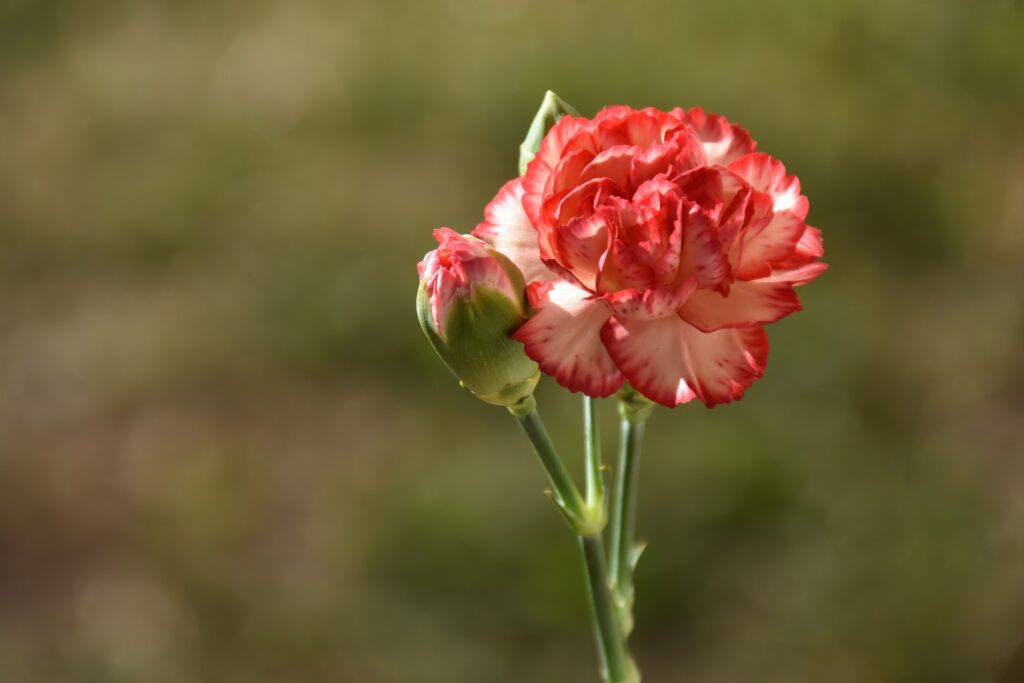
2. Catchyfly (Silene Armeria)
Also known as the sweet William catchfly plant, the catchfly perennial is a bright pink flower that prefers moderate climates. These flowers earned their name from the sticky sap that oozes from broken stems that works to ensnare flies and insects.
RELATED: 31 Wonderful Flowers That Start With W (Including Pictures)
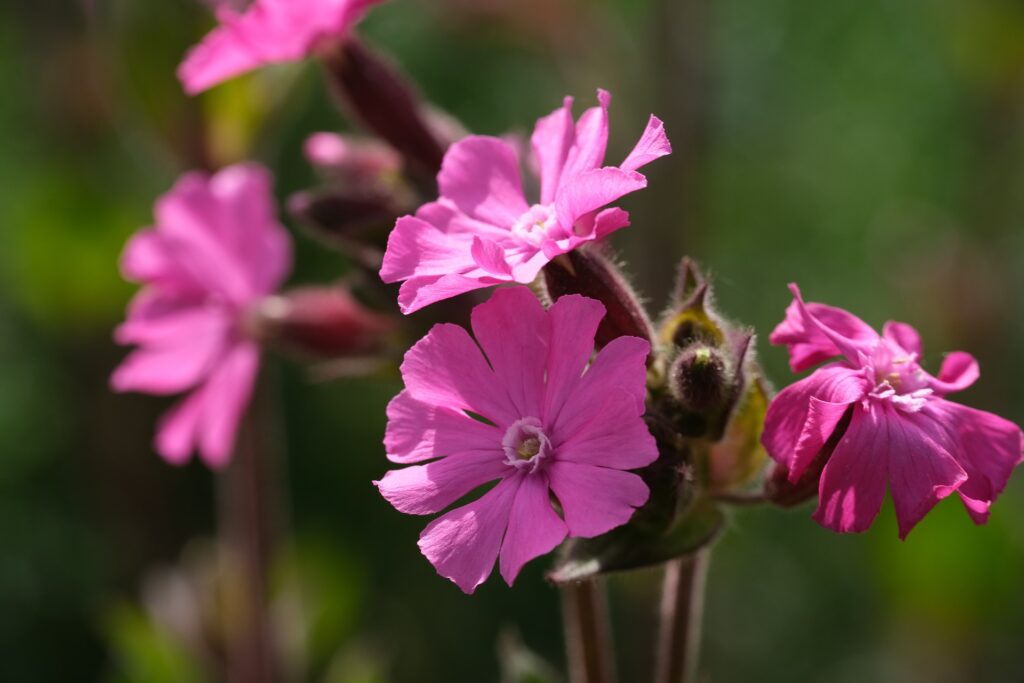
3. Cheddar Pink (Dianthus Gratianopolitanus)
Also known as the clove pink, the cheddar pink is a herbaceous perennial that blooms fragrant pink flowers between May and June. These flowers that start with C are native to Western and Central Europe, and are known as a protected species in the UK.
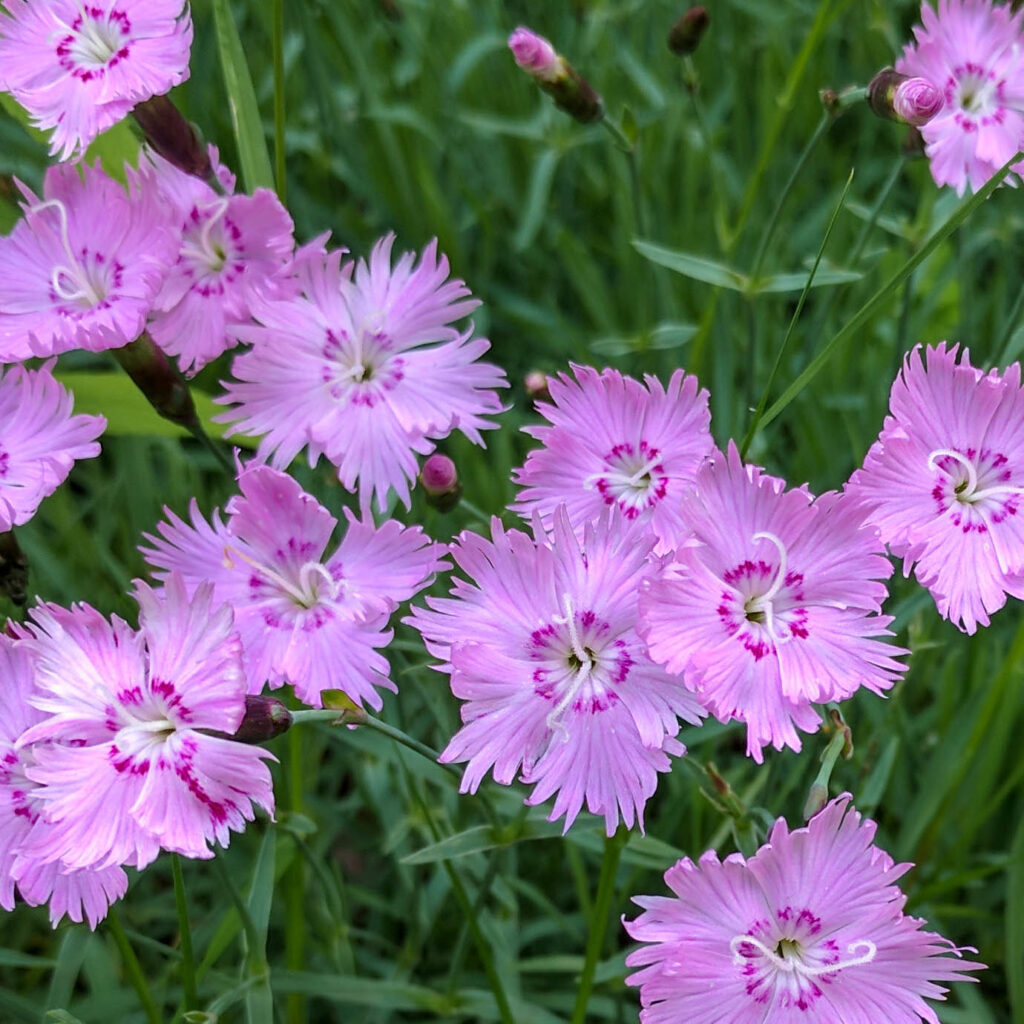
4. Chocolate Flower (Berlandiera Lyrata)
Also known as the chocolate daisy, the chocolate flower is a member of the sunflower family, which is seemingly obvious thanks to its distinctive yellow ray florets. These flowers are native to several parts of the United States and Mexico.
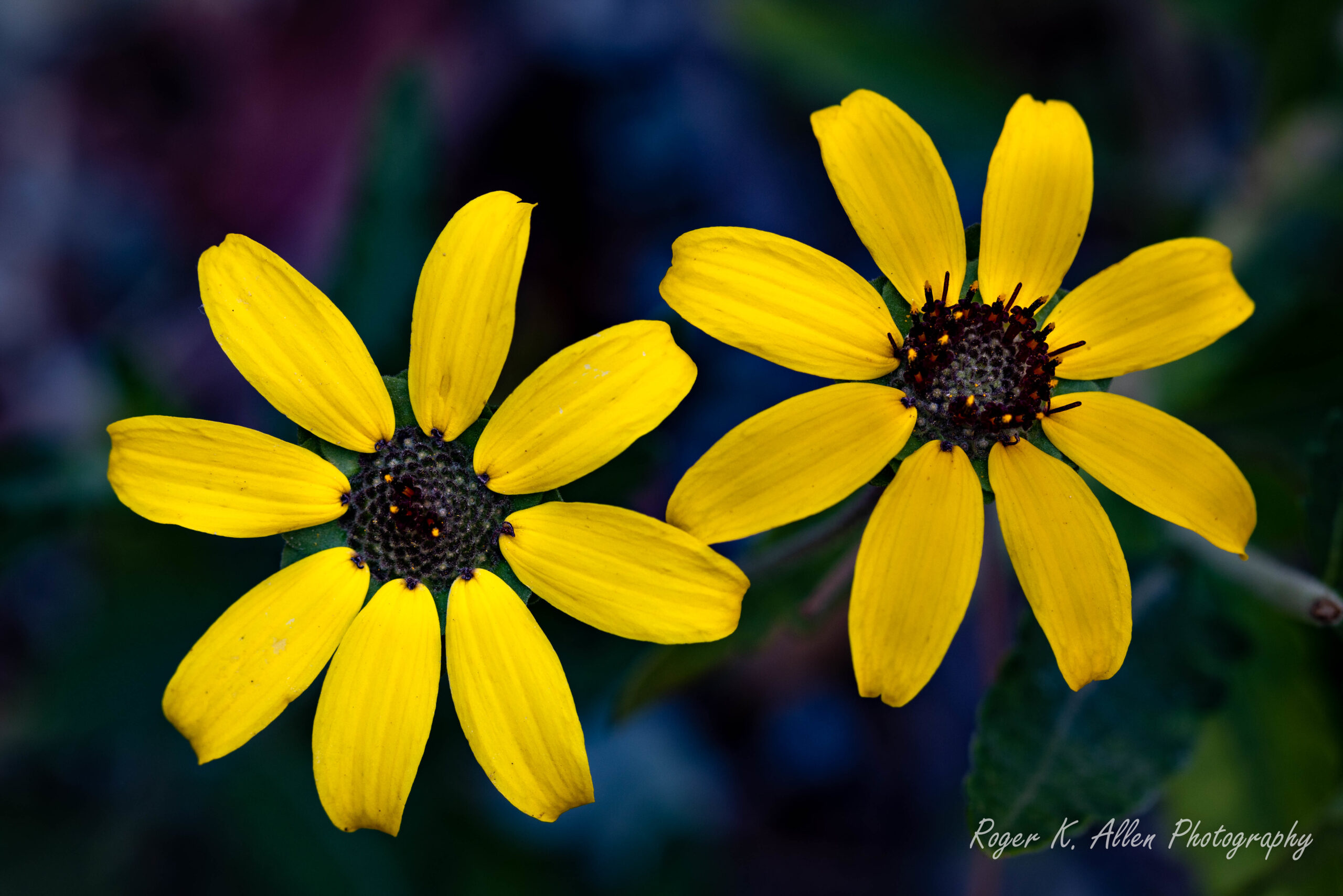
5. Chrysanthemum
Also known as mums or chrysanths, chrysanthemums are a common flower found in gardens across the world and native to northeast Europe and East Asia. These herbaceous perennials come in a variety of colors, with the most common being white, yellow, and red.
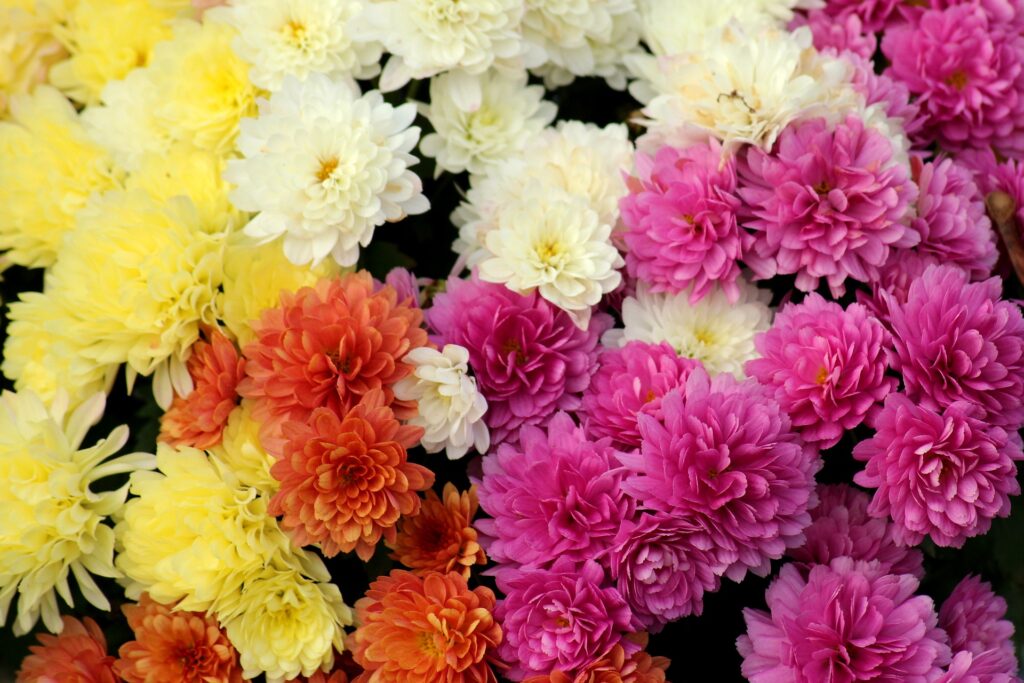
6. Clary Sage (Salvia Sclarea)
The clary sage is native to the northern range of the Mediterranean Sea including some parts of Asia and Africa. While it produces dainty white or lavender flowers, this plant is actually considered a herb and is mostly grown for its use as an essential oil.

7. Clematis
Clematis is a genus of around 300 flowers that start with Cin the buttercup family of Chinese and Japanese origin. The colors and shapes vary depending on the species, including bright fuschia to gentle lilacs.
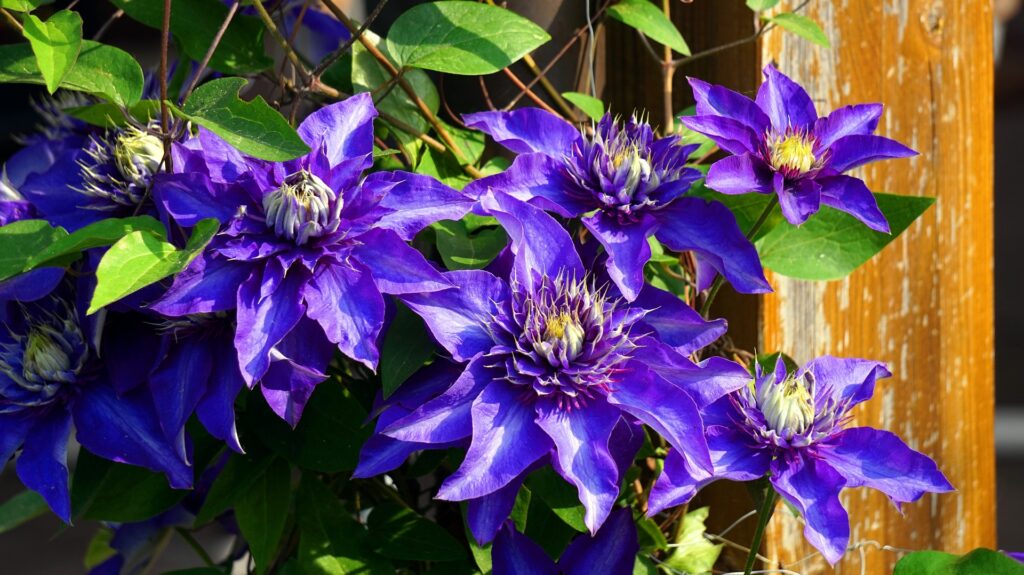
8. California Flannel Bush (Fremontodendron Californicum)
California flannel bushes are a flowering shrub native across southwestern North America. These shrubs exhibit bright yellow flowers that stand out against the greenery of the leaves.
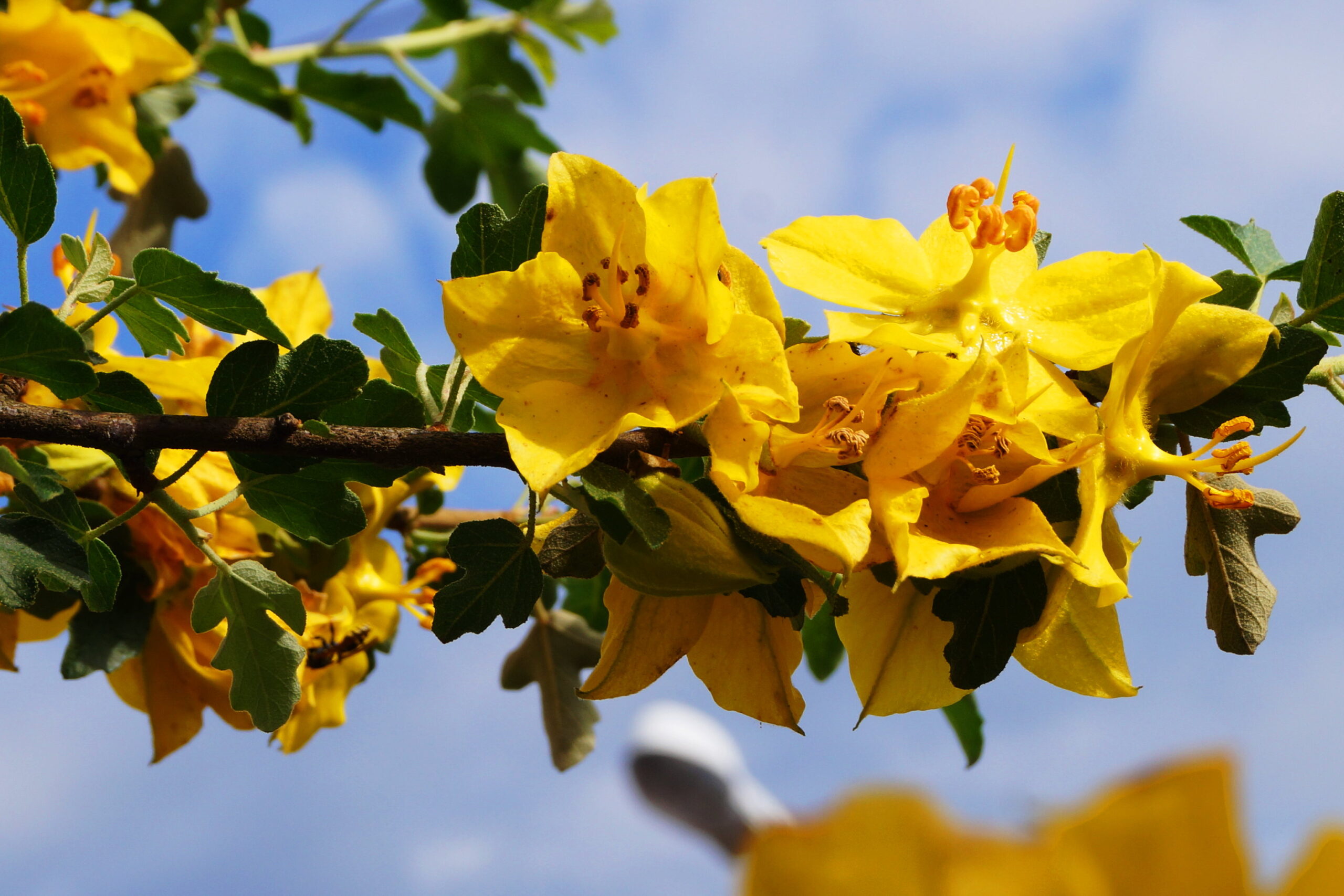
9. Cardinal Flower (Lobelia Cardinalis)
The cardinal flower is native across North America and is known for producing vibrant red flowers in an erect raceme that attract hummingbirds. They are typically found in moist areas like roadside ditches and marshes.
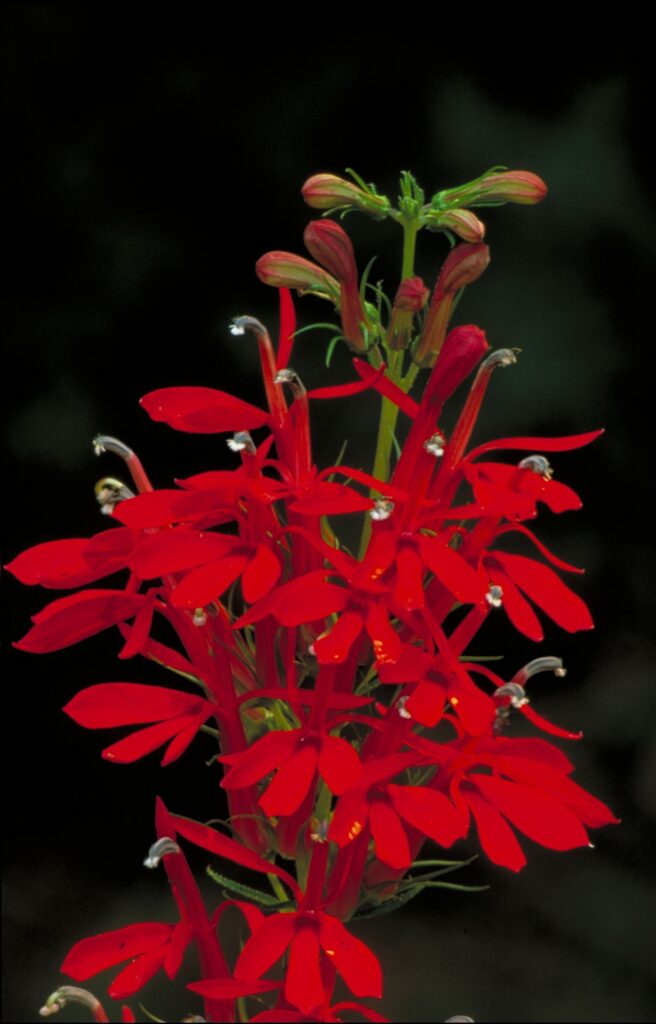
10. Cockscomb (Celosia Argentea Var. Cristata)
Aptly named after the comb on a cockerel, the cockscomb is a spectacular ornamental plant that originated in India before almost running into extinction. The flowers that start with C, leaves, and stems are sometimes grown as vegetables.
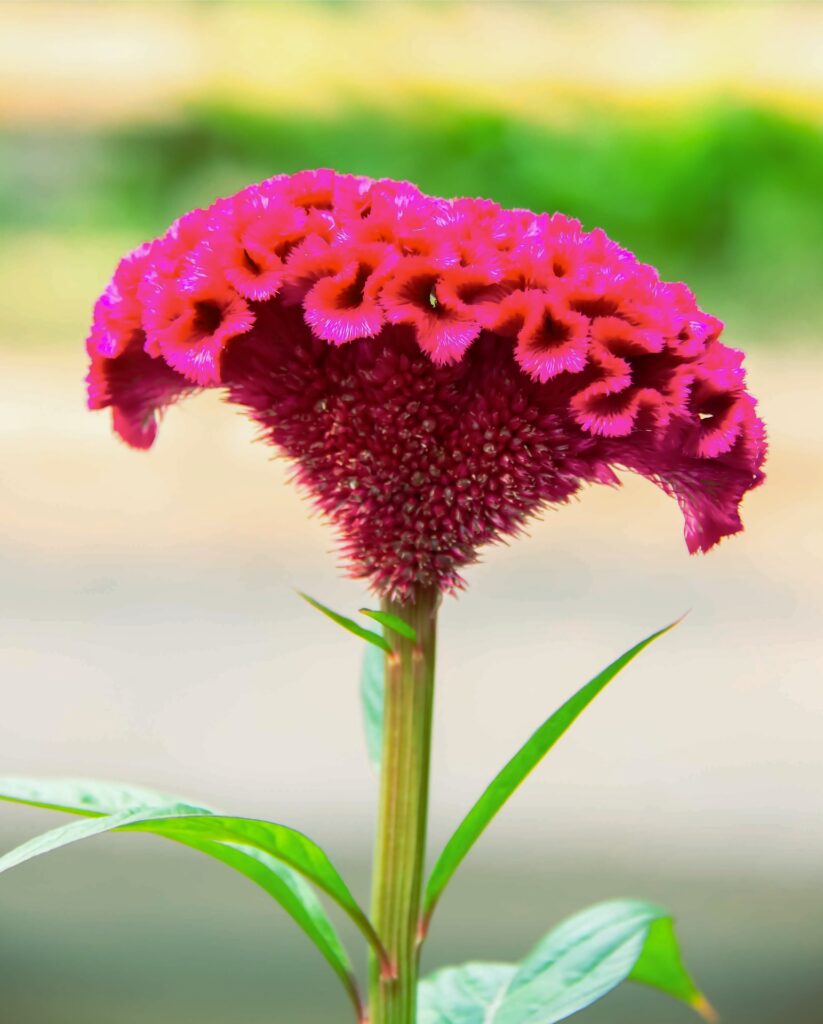
11. Catnip (Nepeta Cataria)
Catnip is a member of the mint family with a strong aroma that is known to attract most cats. These flowering plants are also used for humans as a relaxant in herbal teas.
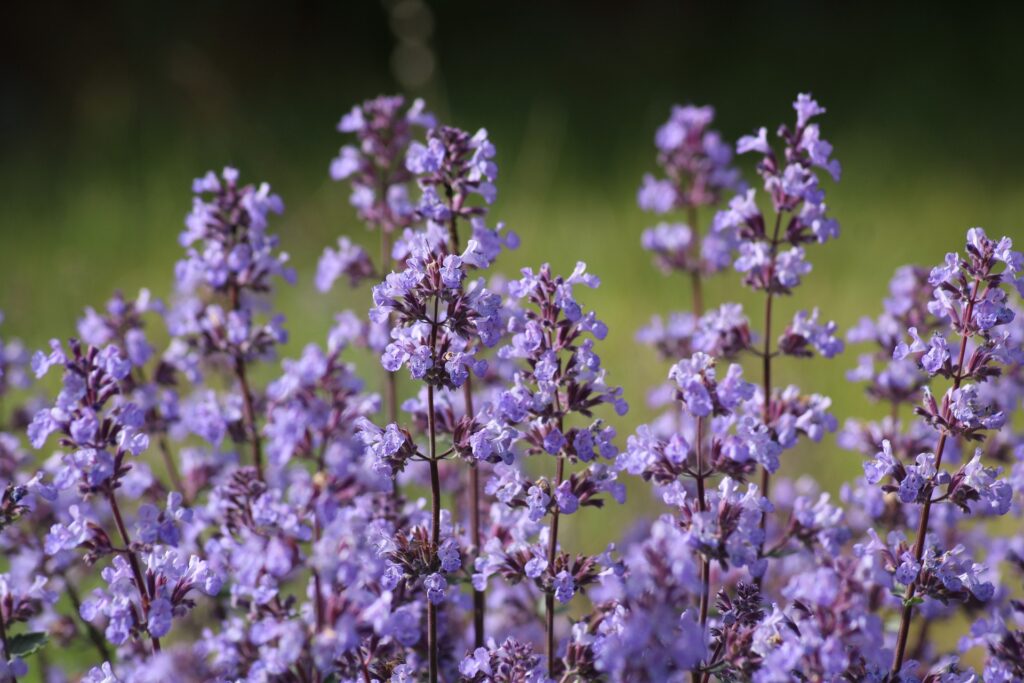
12. Canna Lily
Despite the name, canna lilies aren’t true lilies. Instead, this is a genus of about 10 flower species that provide large lily-like flowers that start with C that are popular amongst horticulturists.
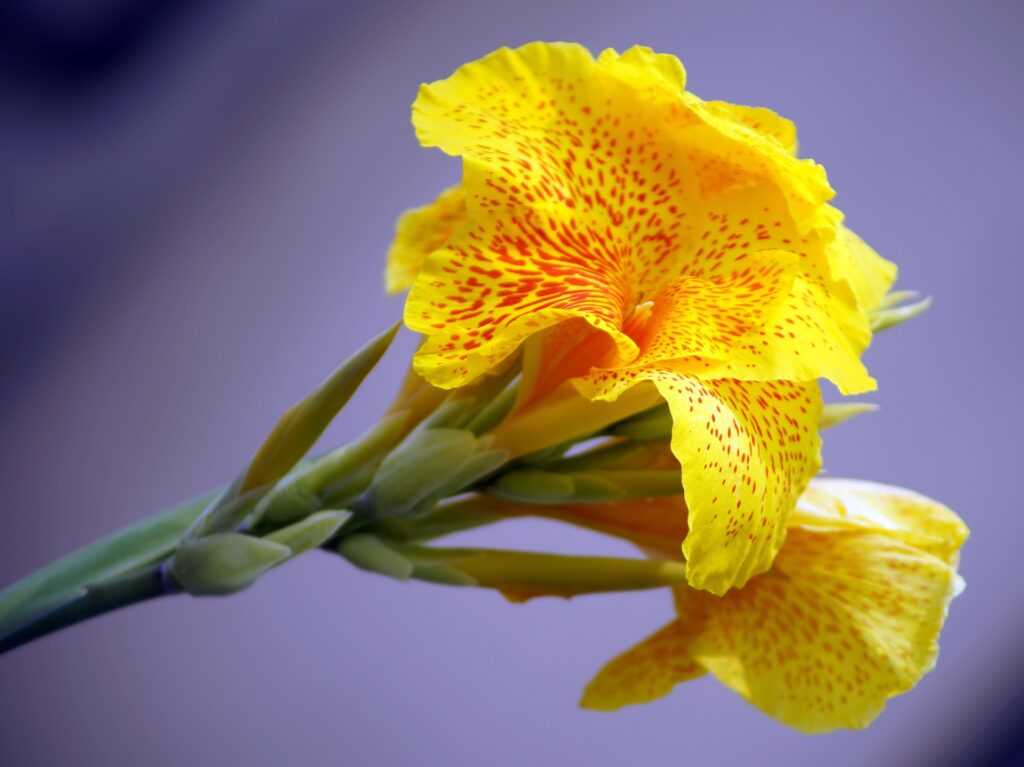
13. Canary Island Daisy (Asteriscus Sericeus)
While native to the Canary Islands, the Canary Island daisy can be grown and found in gardens across the world. They produce daisy-like flowers with bright yellow centers (and often yellow petals) and only typically last 3-5 years.
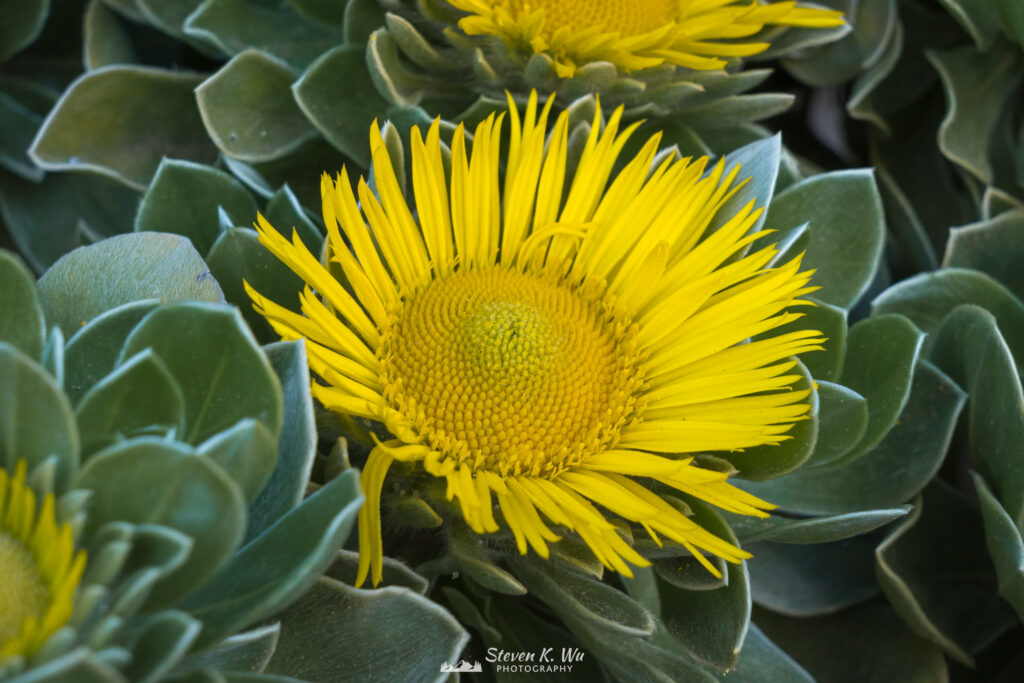
14. Columbine (Aquilegia)
Columbine flowers are tall, branching plants that are found in damp woodlands and gardens. They produce violet-blue flowers in a unique bonnet shape.
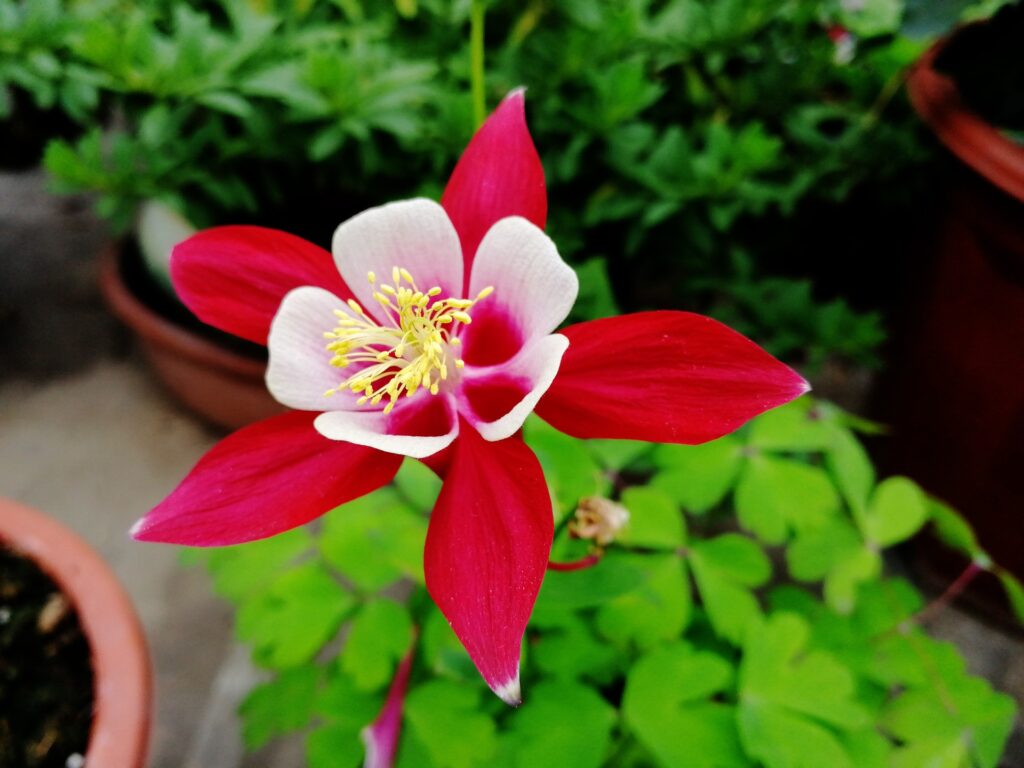
15. Cosmos
Cosmos is a genus of flowering plants in the sunflower family. Most of these species are native to Mexico and parts of the United States. The flowers grow on tall stems and range in colors including red, pink, white, orange, and yellow.
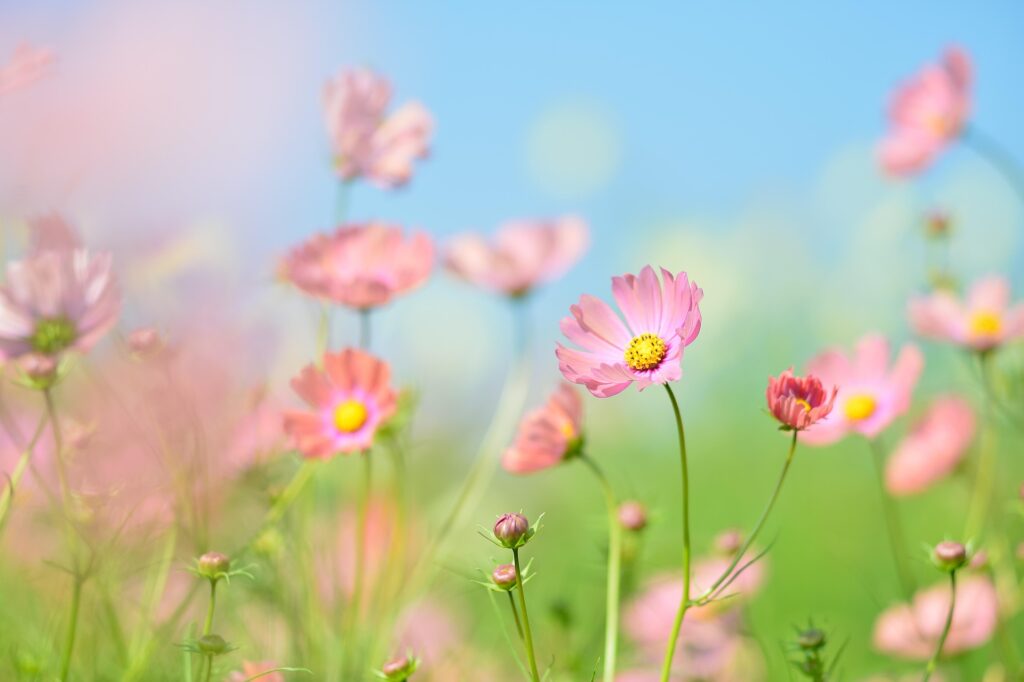
16. Crocus
Crocus is a genus of flowering plants in the iris family that are known for their lilac petals, though they also come in mauve, white, and yellow varieties.
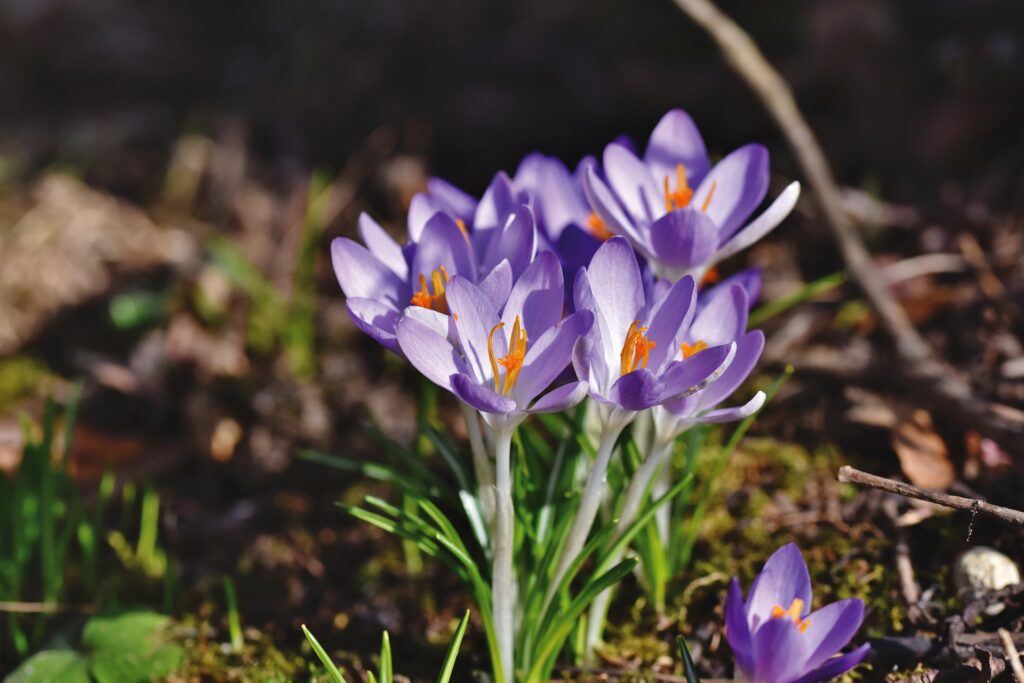
17. Cyclamen
Cyclamen is a genus of flowering plants that are native to Europe, the Mediterranean basin, and as far as Iran. All species feature a tuber where the leaves, roots, and flowers grow that stores nutrients during the dormancy period.
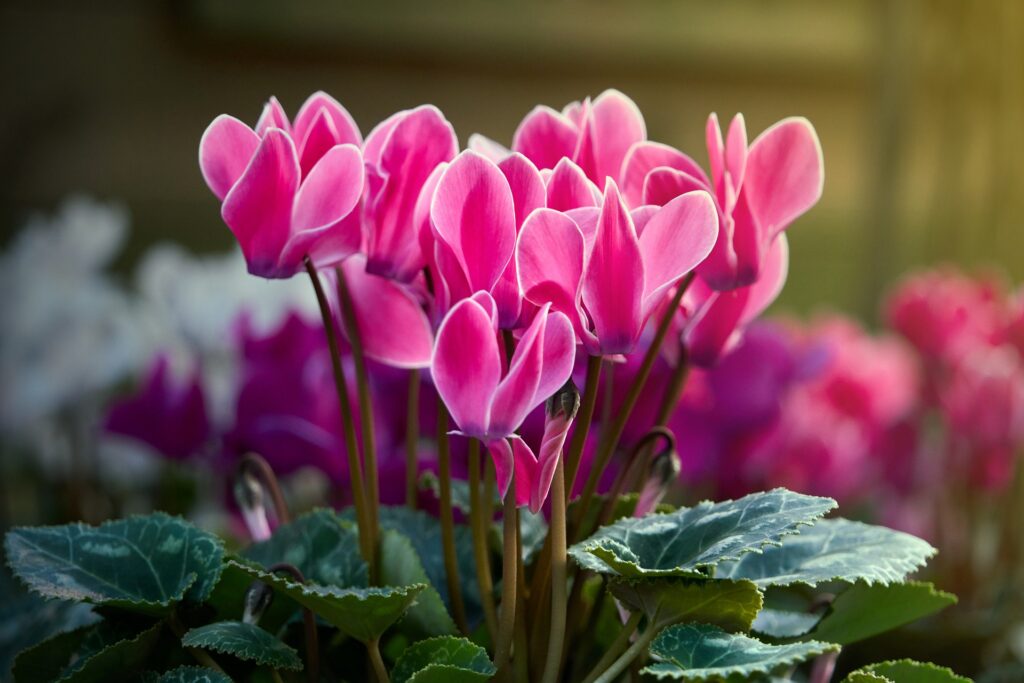
18. Creeping Phlox (Phlox Subulata)
Known for its distinctive marijuana-like smell, the creeping phlox is a flowering plant that produces flowers with five petals. These flowers range in color, including rose, white, pink, blue, or mauve.

19. Coreopsis
Also known as calliopsis, coreopsis is a genus of flowering plants known for their dense yet delicate red or yellow flowers. These flowers are frequently visit by bees thanks to their bright colorings
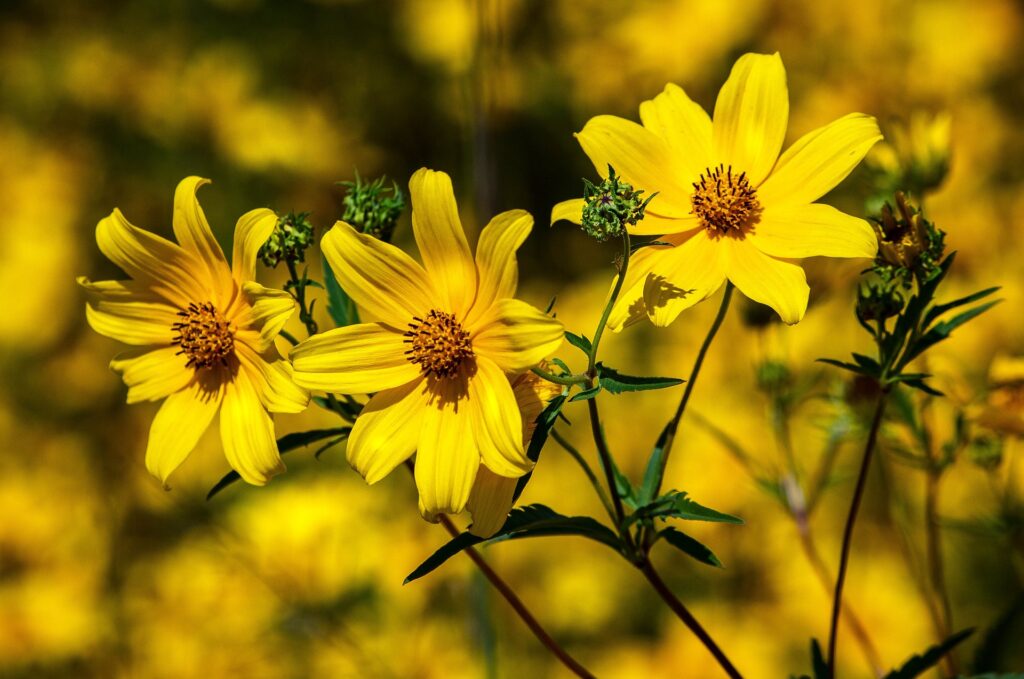
20. Coneflower (Echinacea)
Most commonly known as echinacea, coneflowers feature large showy heads that are typically purple or lilac. Coneflowers are mostly used in traditional medicine for the plant’s many health benefits.
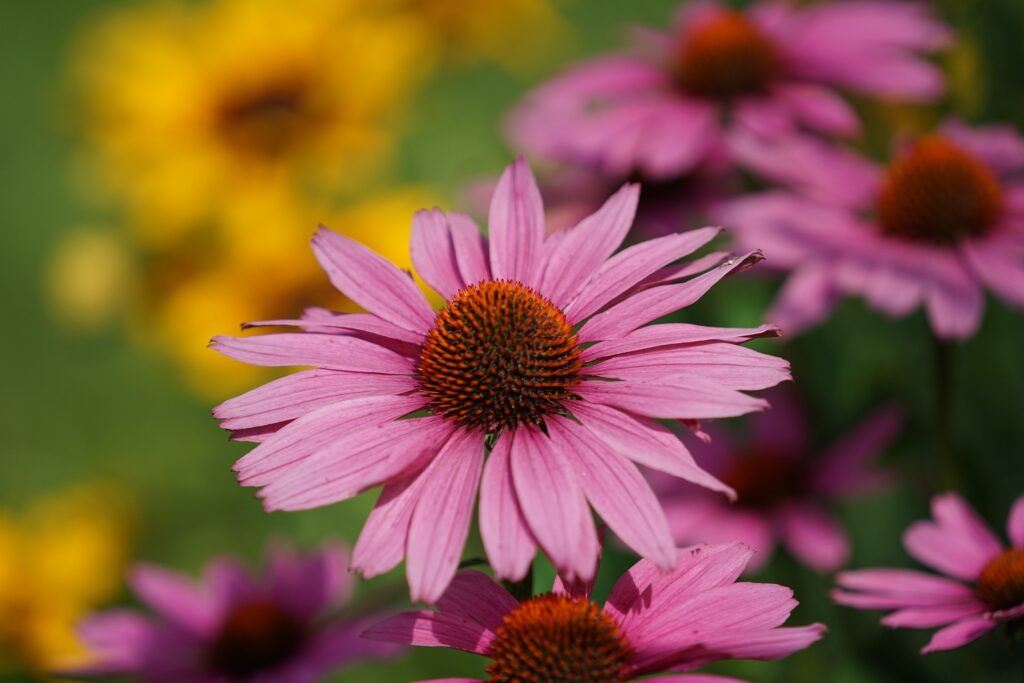
21. Clover Flowers (Trifolium)
Clover flowers are small, short-lived flowers that are most commonly associated with good luck. These flowers can come in several varieties, including a medicinal red clover and white clovers found in meadows

22. Clarkia
Clarkia is a genus of flowering plants that are mostly native to North America. These annual herbs produce flowers consisting of four sepals and four petals, making for a circle-like flower.
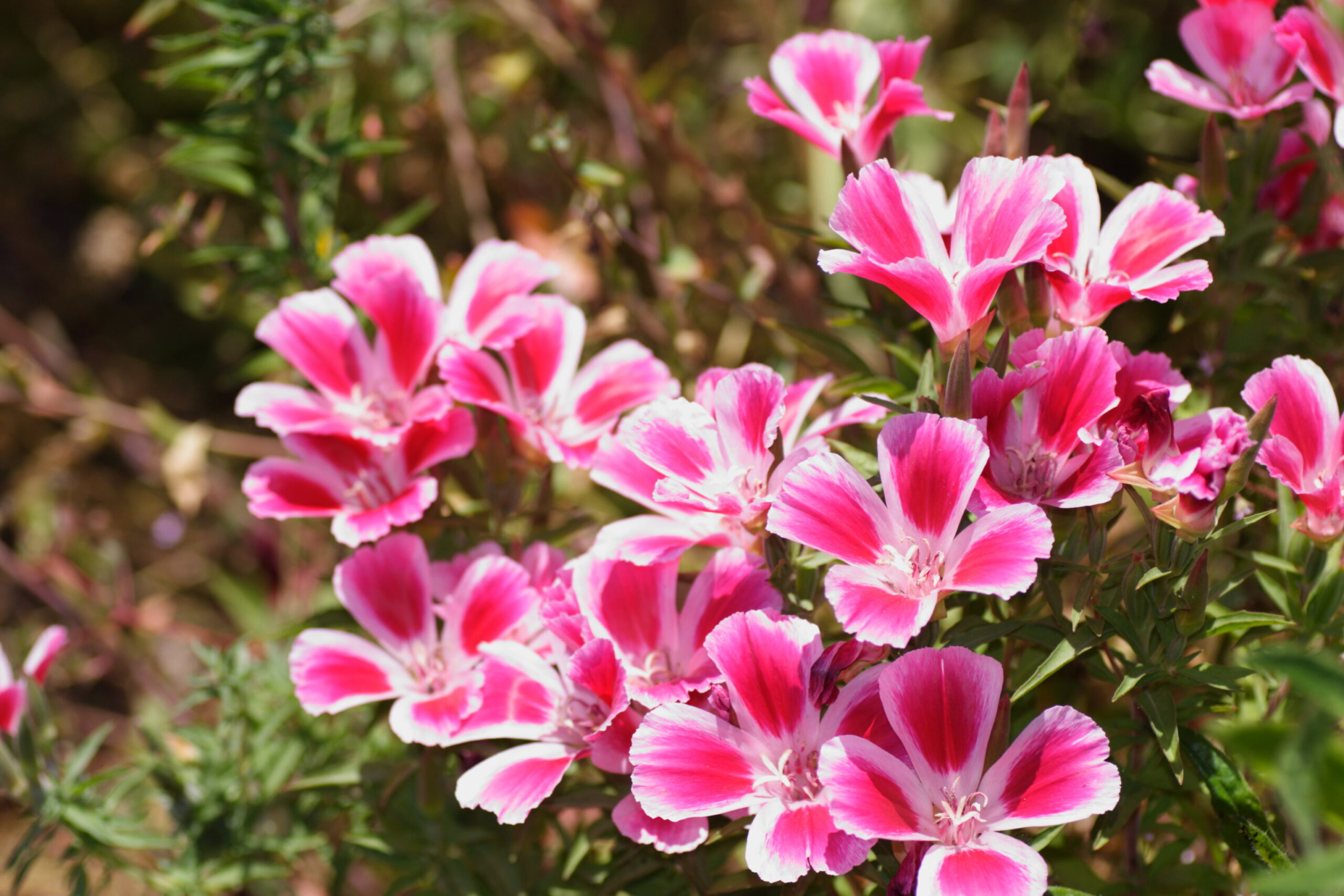
23. Carolina Allspice (Calycanthus Floridus)
Native to North Carolina, the Carolina allspice is a hardy plant that produces dark red flowers with a distinctive fragrant aroma. They typically grow between 6-9 feet tall, which is part of the reason why they attract birds and bees.
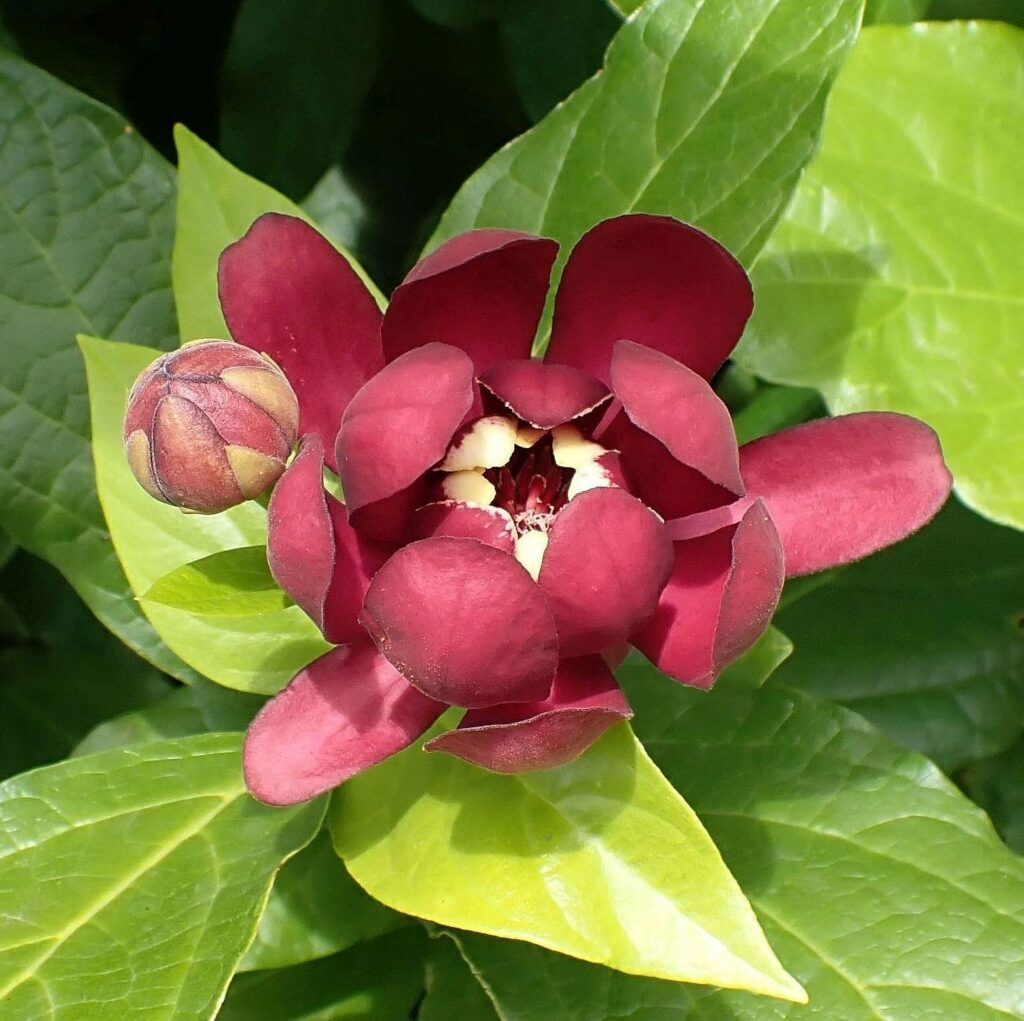
24. Cape Primrose (Streptocarpus)
Cape primrose is a popular flowering houseplant that is notorious for its low-maintenance care requirements and easy propagation. These plants bloom spectacular flowers that remain in full bloom for several months.
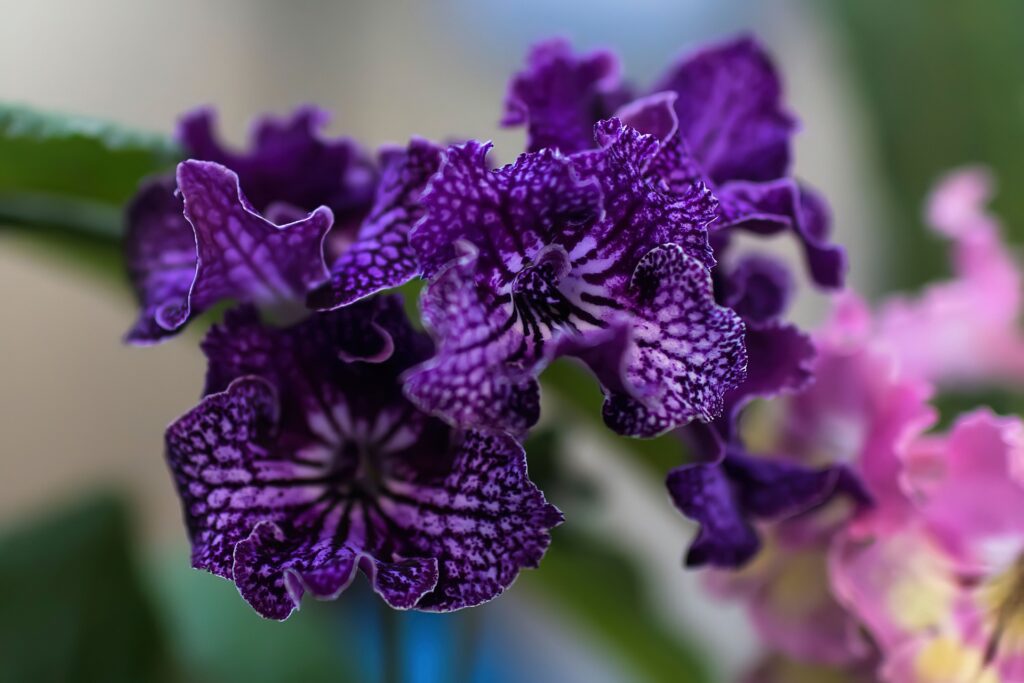
25. Candytuft (Iberis)
Candytuft is an Old World native genus that symbolizes indifference in the language of flowers. Interestingly, its name doesn’t relate to candy – except it refers to Iraklion’s former name (the capital city on the island of Crete).
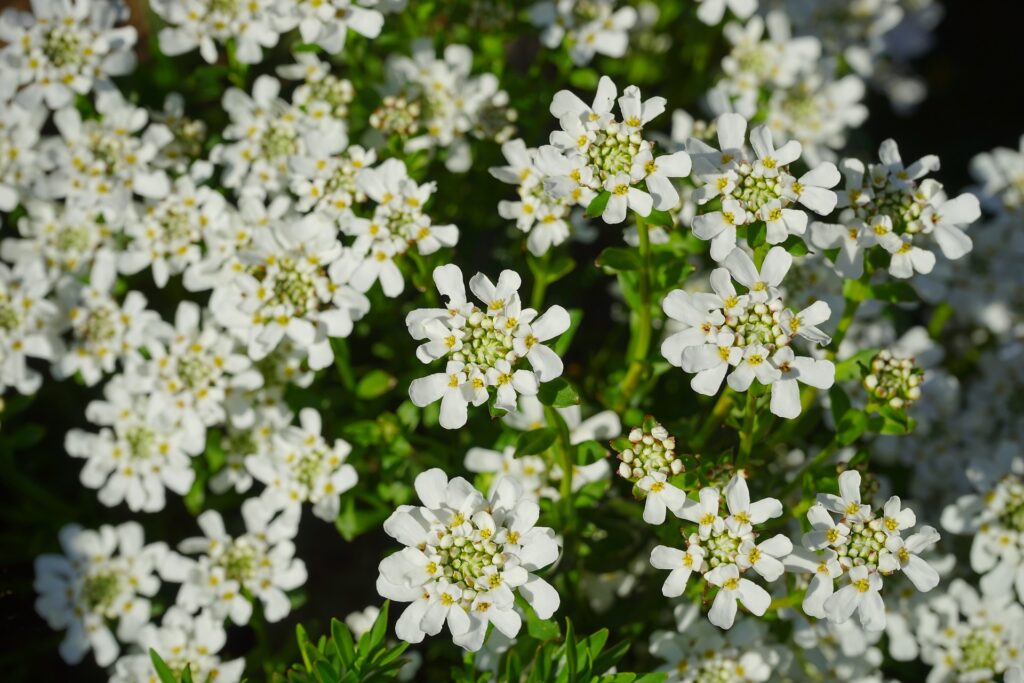
26. Campanula Lactiflora (Milky Bellflower)
Also known as the milky bellflower, the campanula lactiflora is a perennial flowering plant native to Northern and Central Europe. These plants produce conical clusters of star-shaped flowers that are milky white.
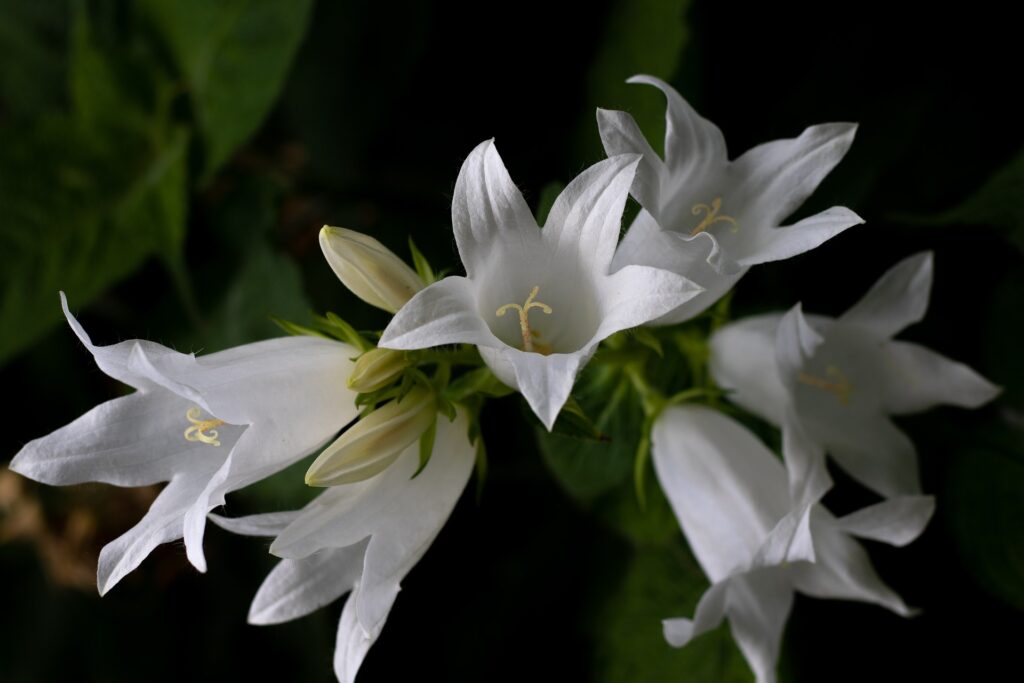
27. Calla Lily (Zantedeschia)
Most commonly used in bridal bouquets, calla lilies are known for their dramatic beauty. These plants produce elegant white petals that curve at the edges.

28. Calendula Officinalis
Also known as the common marigold, calendula officinalis have been used for centuries as food supplements, cosmetics, and medical infusions. These flowers are typically found in salads for their brightly colored edible petals.
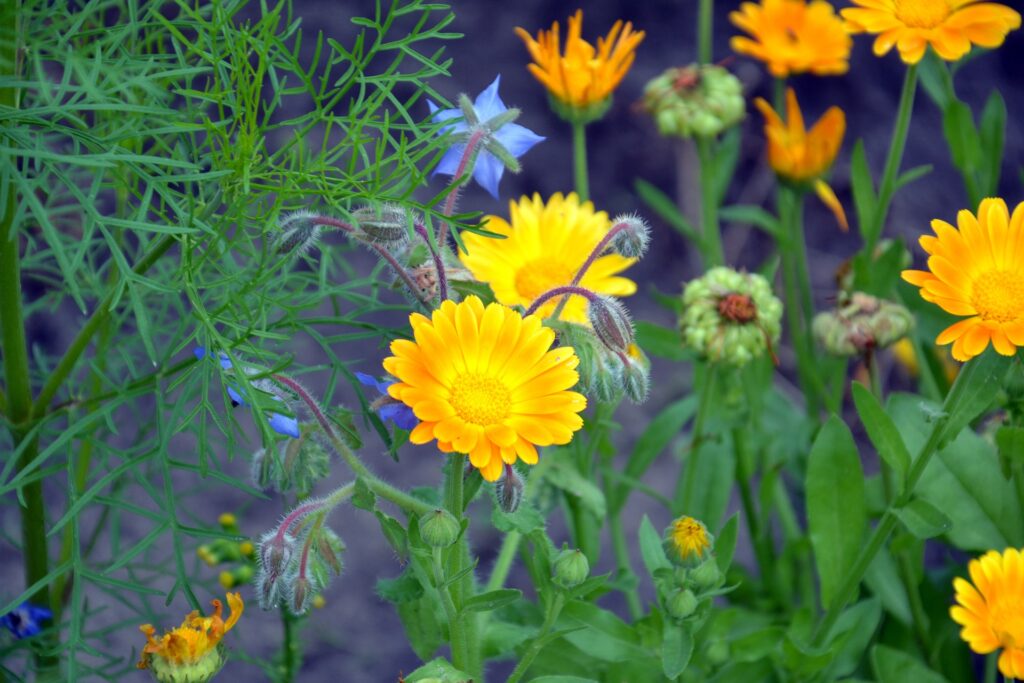
29. California Poppy (Eschscholzia Californica)
Also known as a golden poppy or cup of gold, the California poppy is native to the United States and Mexico. These poppies feature vibrant yellow flowers that often vary in color (with some varieties being red or orange) and are the current state flower of California.

30. Camellia
Camellia is a genus of flowering plants with between 100-300 species found in eastern and southeastern Asia. These flowers can be yellow, pink, white, or red depending on the species – not to mention the hybrids.
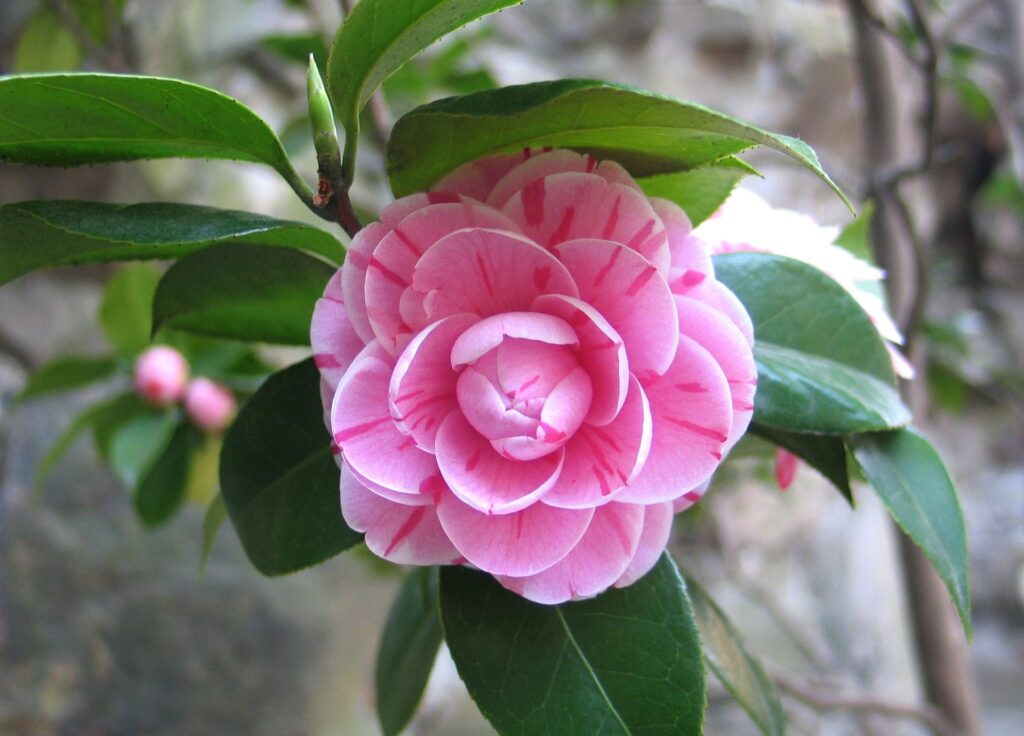
31. Campion (Silene Dioica)
Native throughout everywhere in Europe (except for the east), the campion is a biennial or perennial plant that features pink, red, and purple flowers that range in vibrancy. Silene uniflora is a species known as the sea campion, which produces delicate light pink flowers.
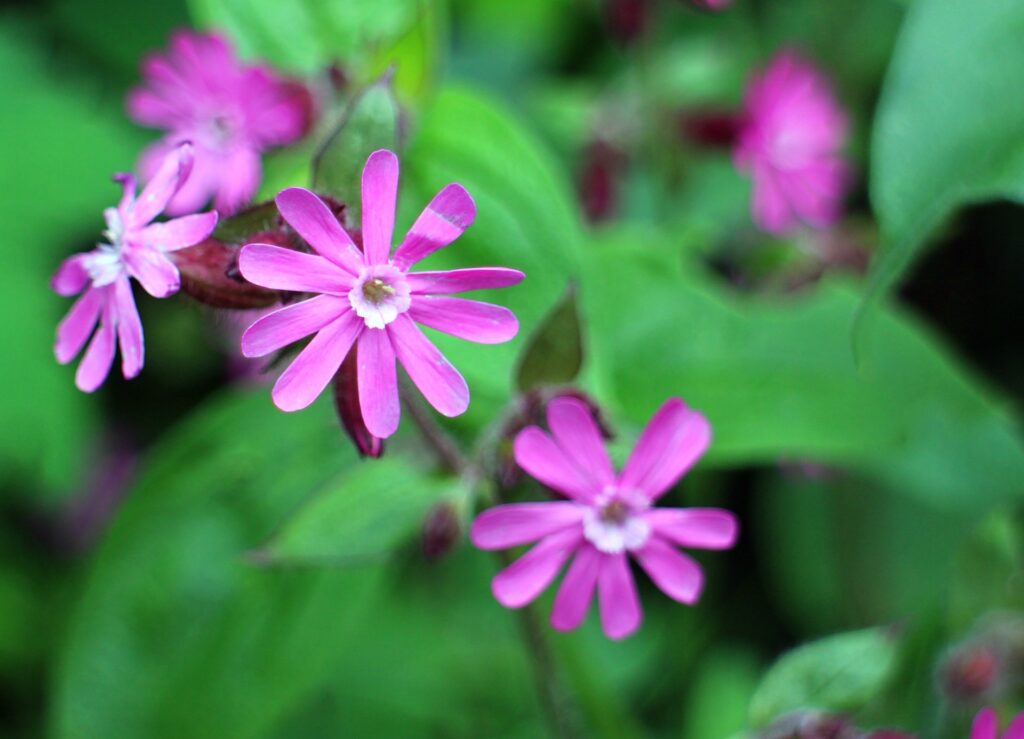
32. Canada Violet (Viola Canadensis)
Found across Canada and the United States, the Canada violet produces subtle whitish-pink flowers that consist of 5 fused petals. Other color variations include purple, blue, and pink, and they typically bloom in spring and through summer.
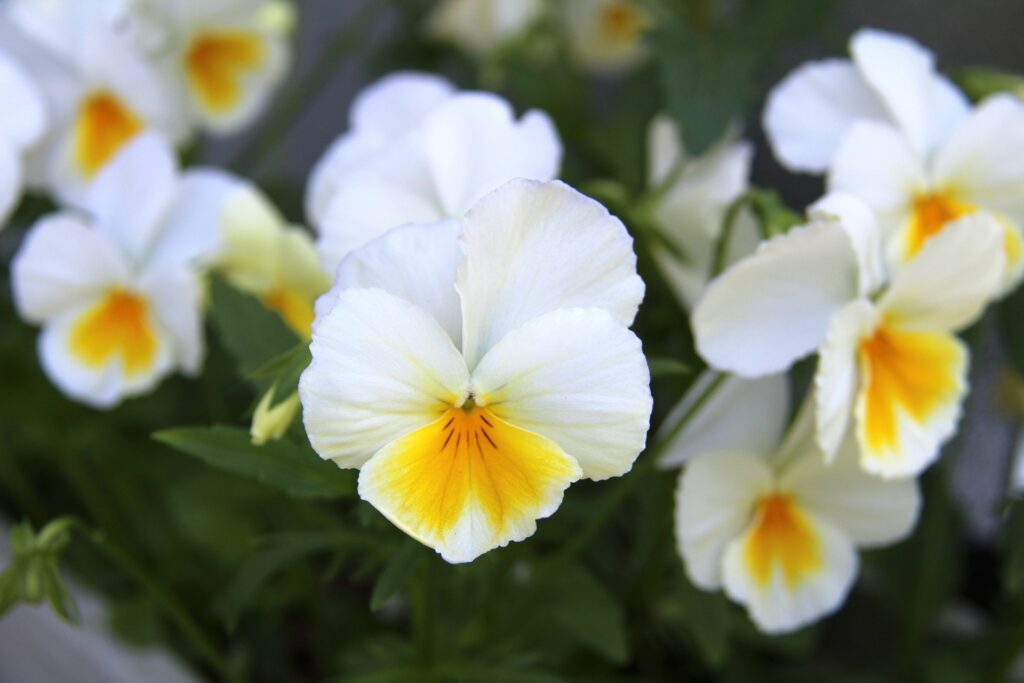
33. Canadian Goldenrod (Solidago Canadensis)
Native to northeastern and north-central North America, the Canadian goldenrod blooms in August to October. This plant produces clusters of tiny yellow flowers and is most commonly an ornamental plant in backyard gardens.
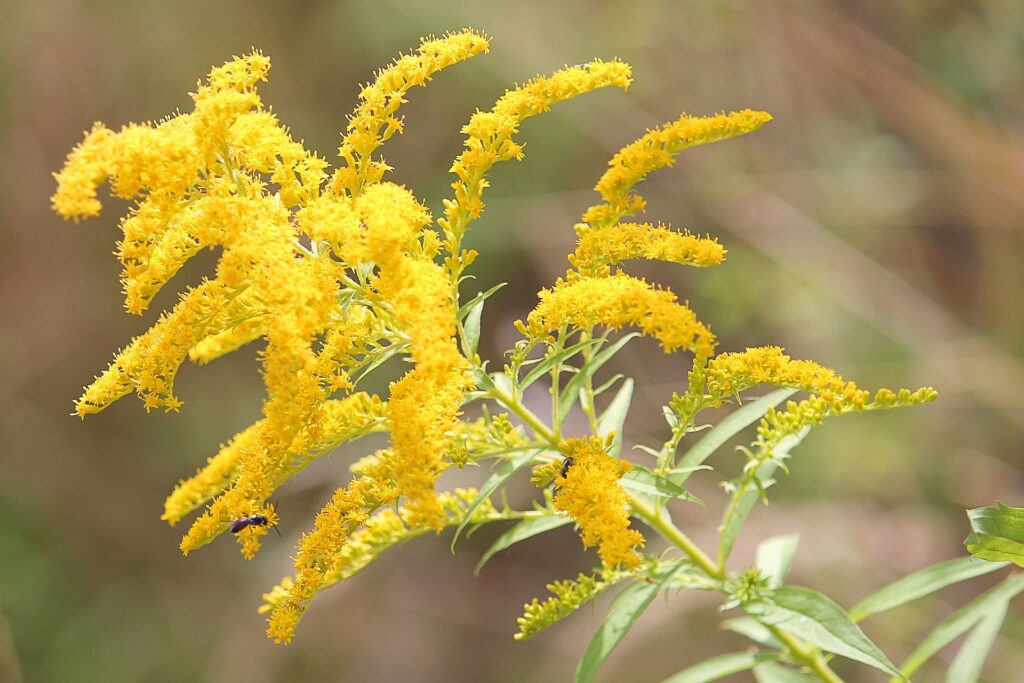
34. Cape Daisy (Dimorphotheca Pluvialis)
Also known as the Cape marigold or white African daisy, the Cape daisy is native to South Africa and Namibia (though currently naturalized across California). These plants produce disc flowers that feature white petals with purple tips.
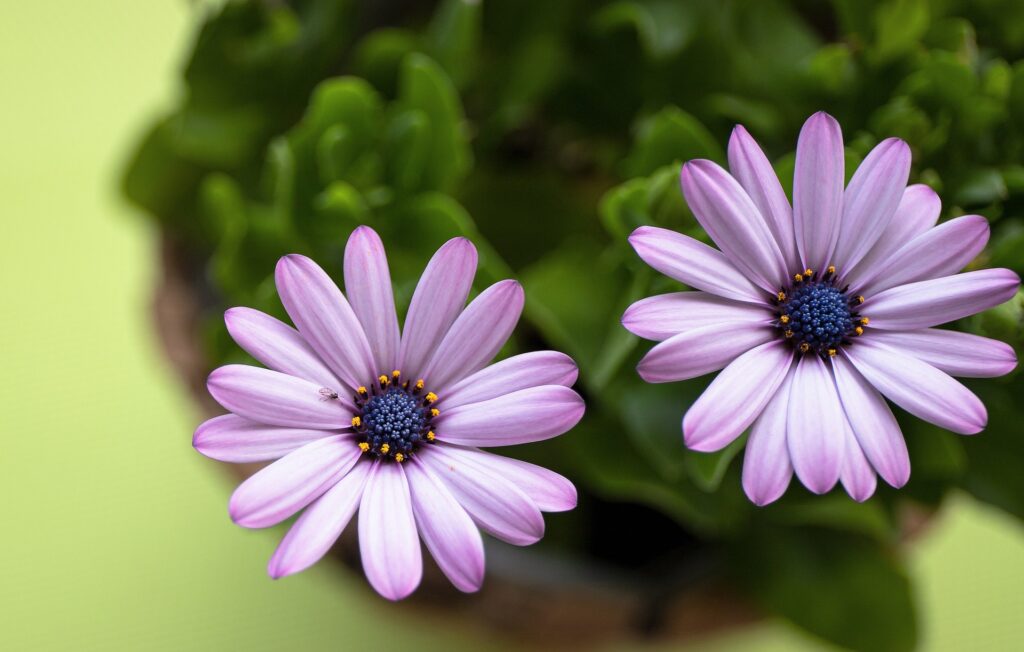
35. Carmine Cob (Echinopsis Backebergii)
Native to southern Peru and eastern Bolivia, the carmine cob is a species of flowering cactus that produces large pinkish-red flowers in summer. This species thrives in the heat, making them fairly complicated to grow in temperate regions.
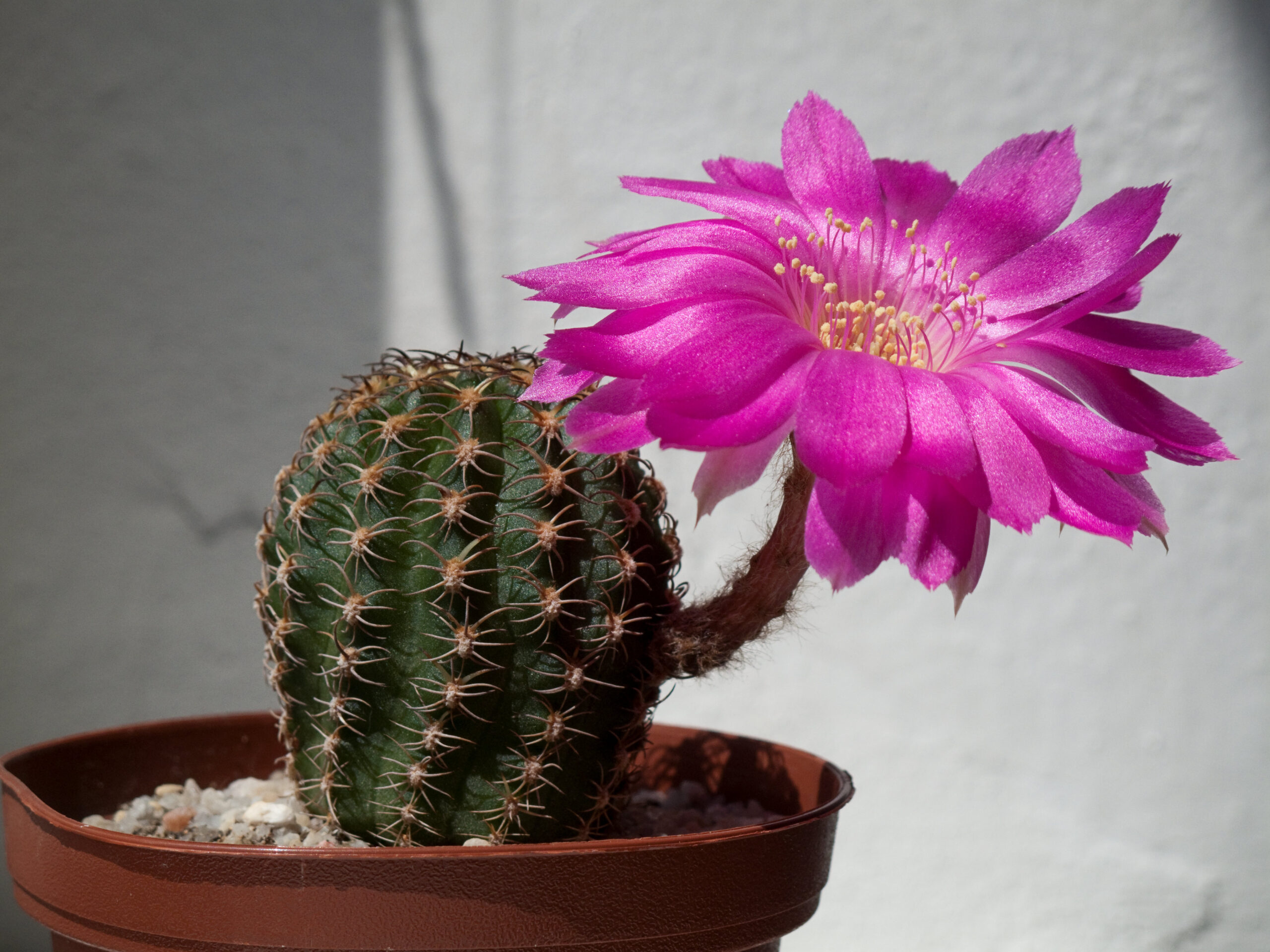
36. Celosia
Celosia is a genus of ornamental and edible plants that feature dramatic flowers that often look like flames or coral. These flowers are typically in vivid color, ranging from flaming red to eye-watering yellow.
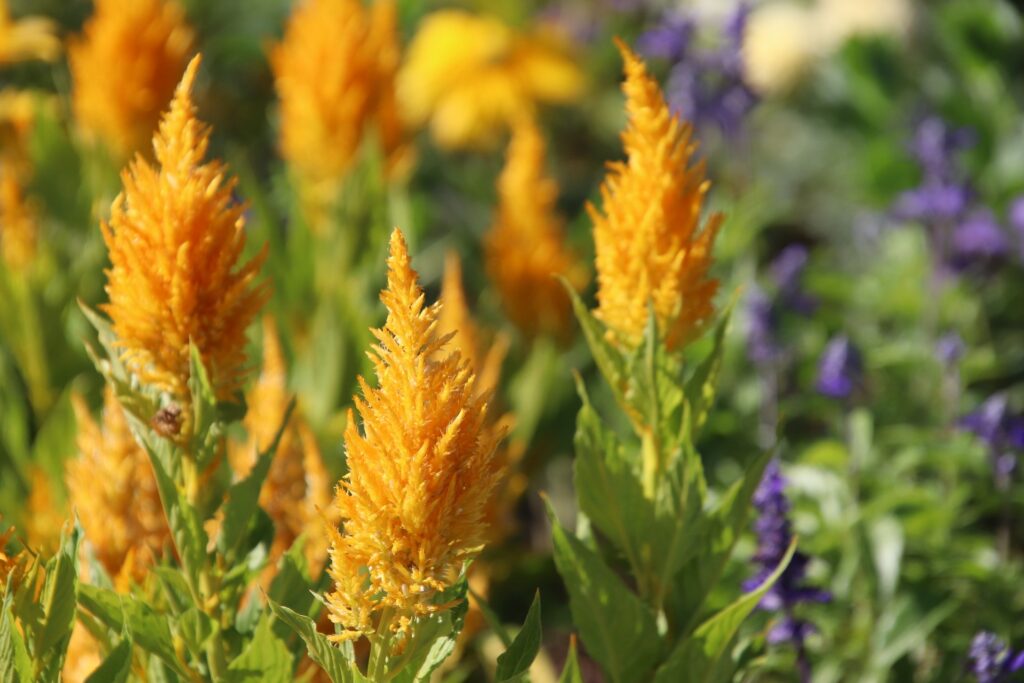
37. Coral Bells (Heuchera Sanguinea)
Also known as coral honeysuckles, coral drops, or corallinas, coral bells feature gentle clusters of small deep red or fuschia flowers. These flowers are typically a sign of spring, and are often incorporated into wedding bouquets to add a splash of vibrancy.
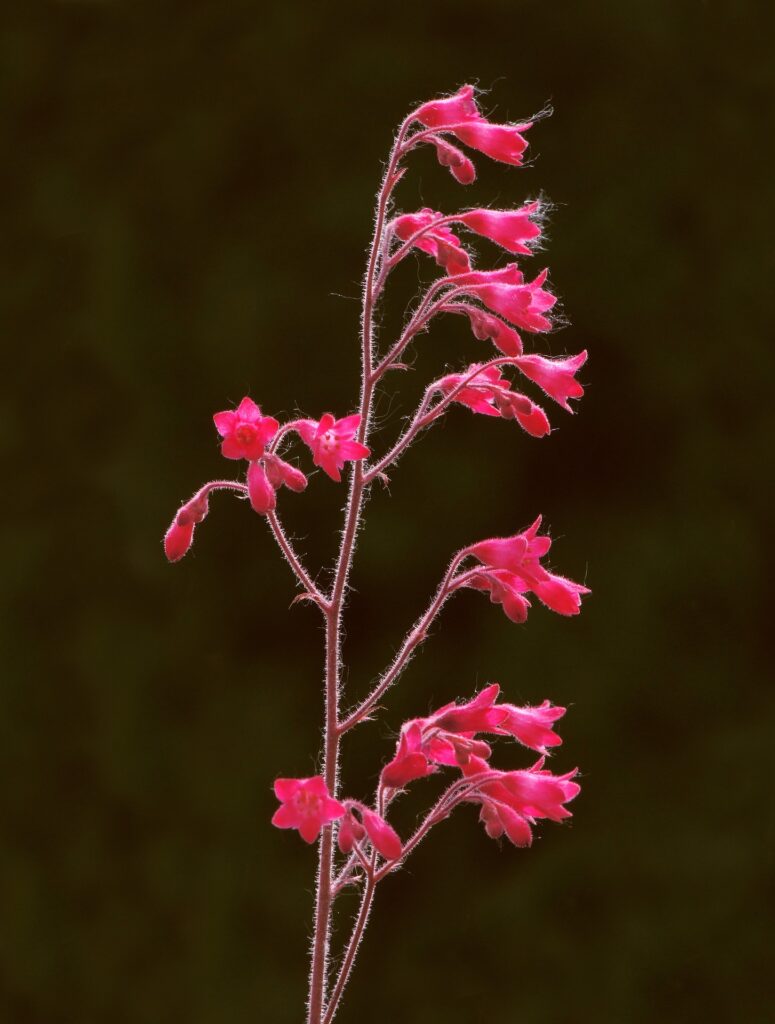
We hope you learned something from this article, here are other articles that you can learn from:
15 Unique Ukrainian Flowers (With Pictures)







